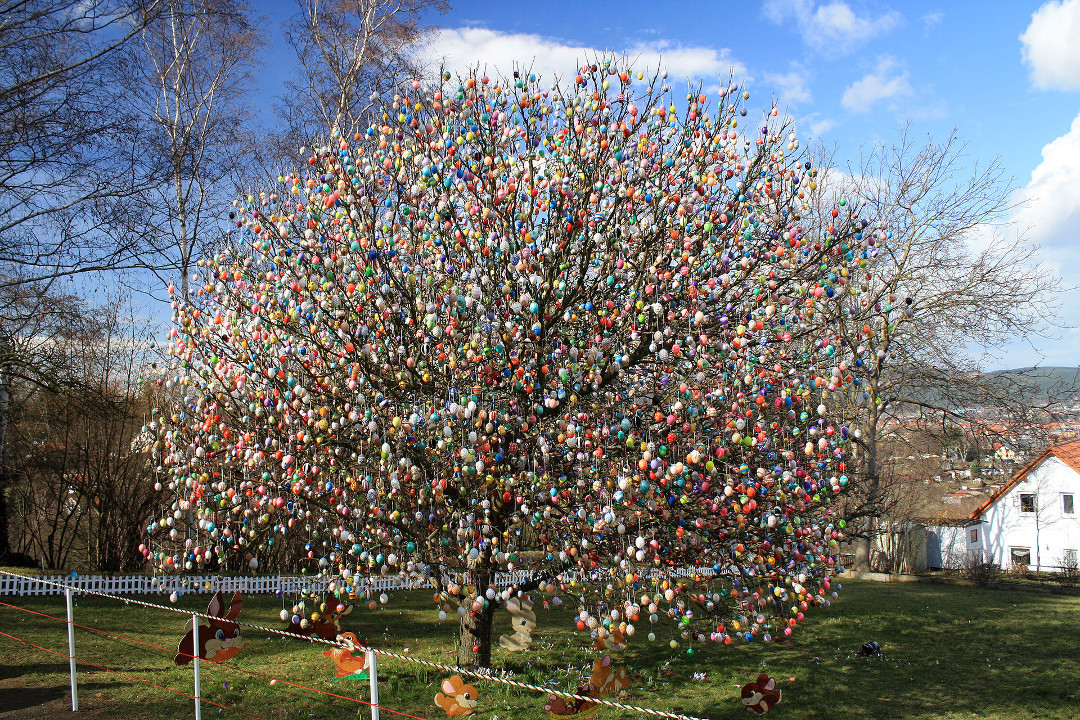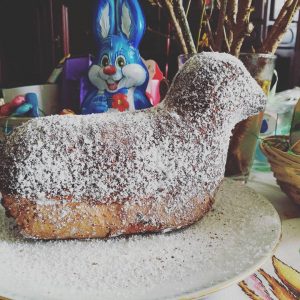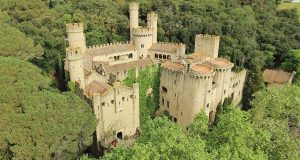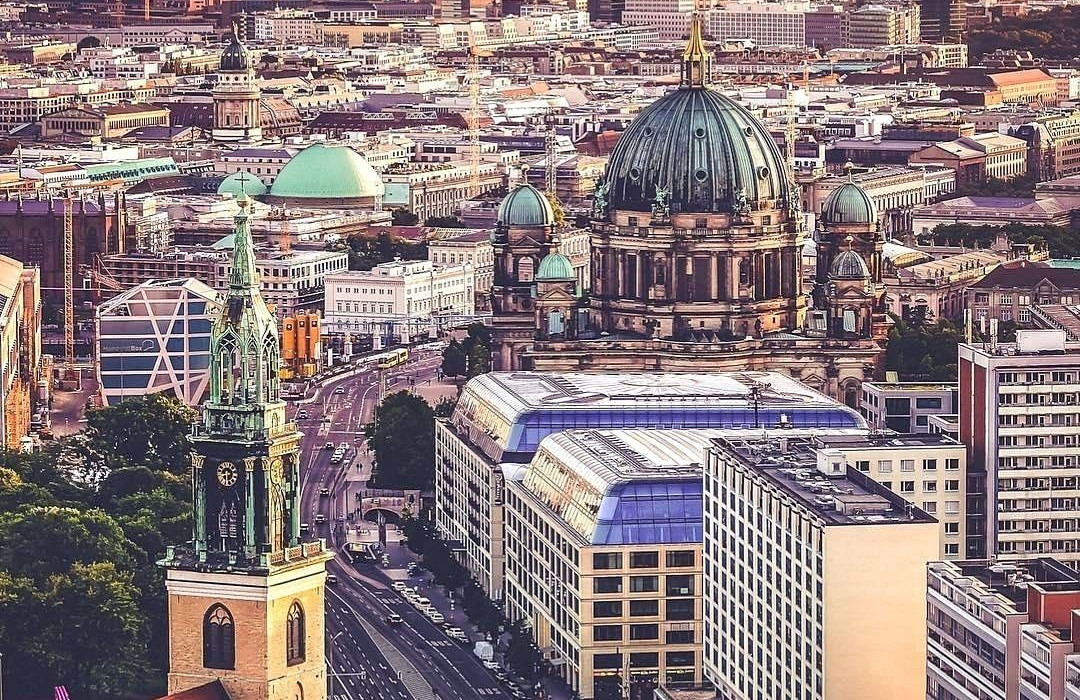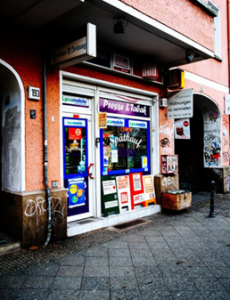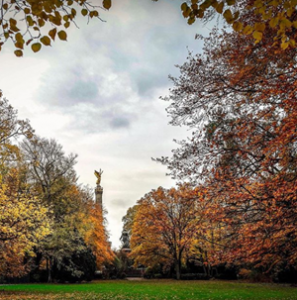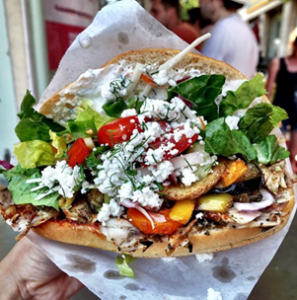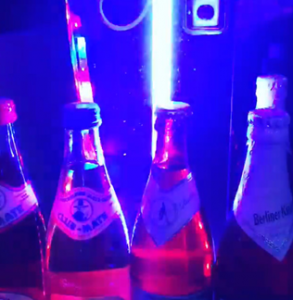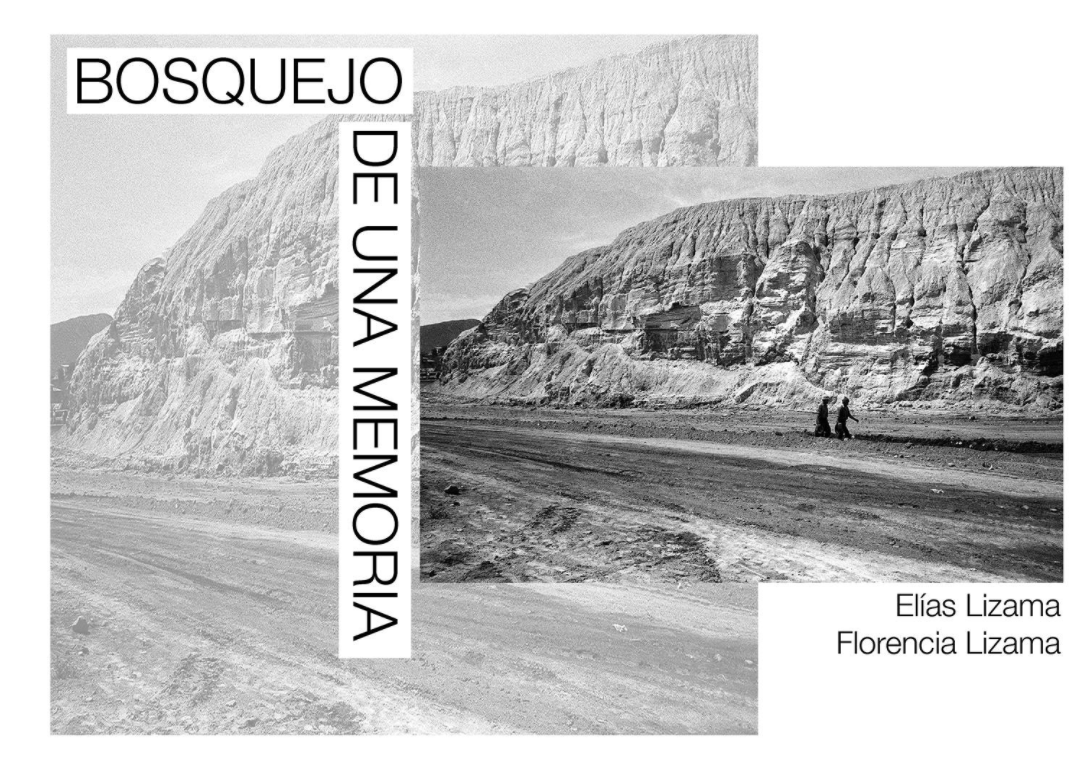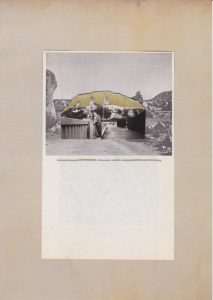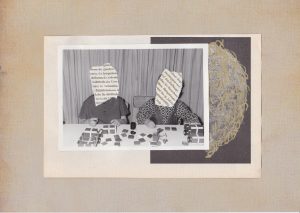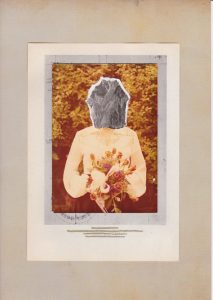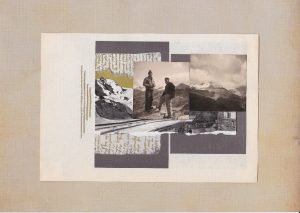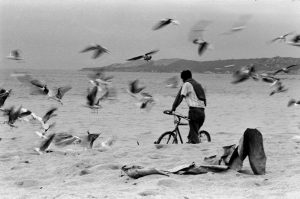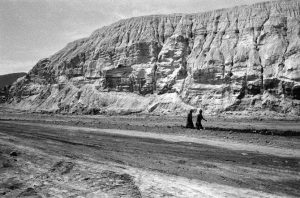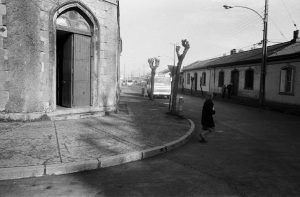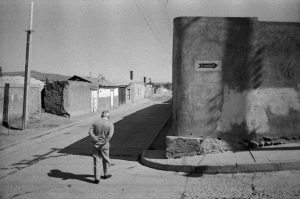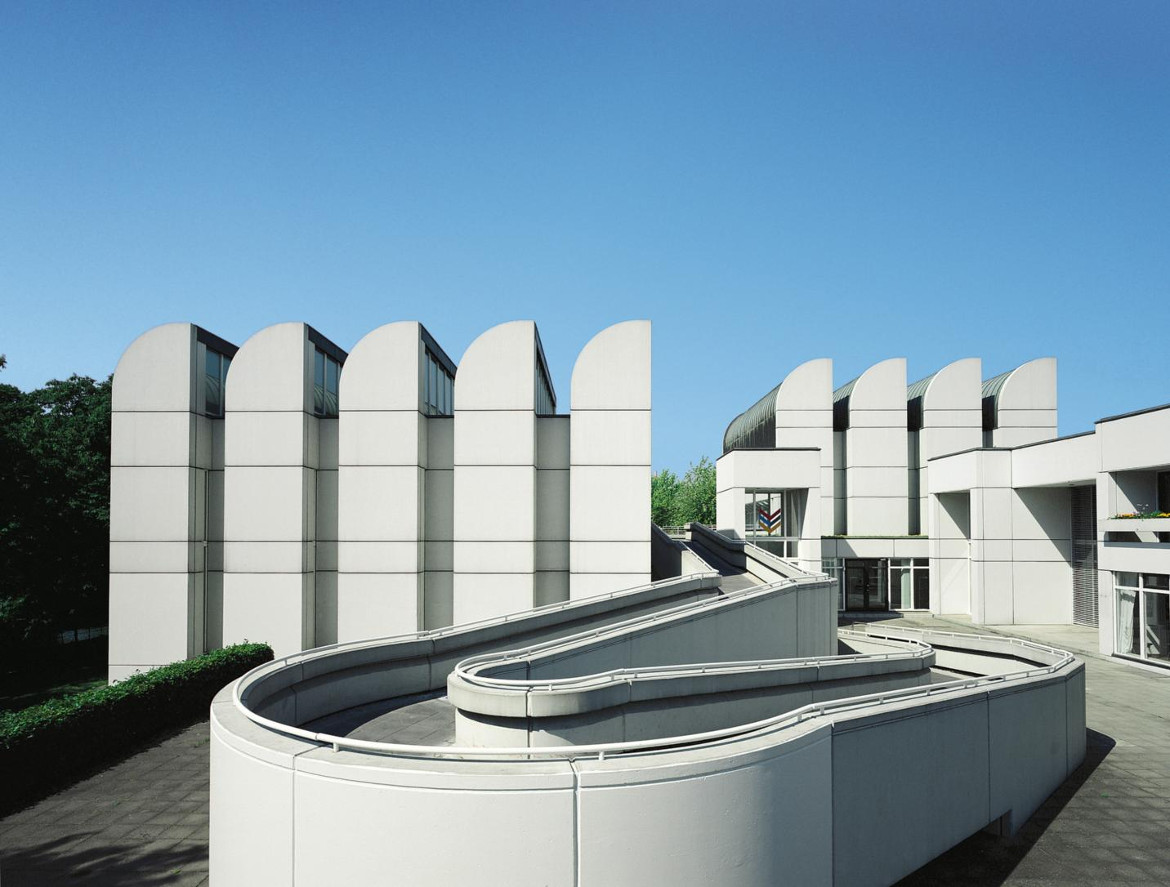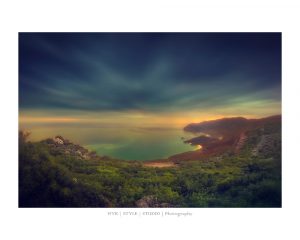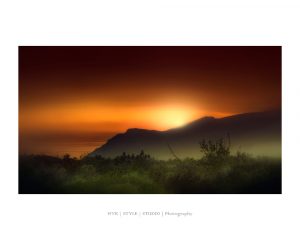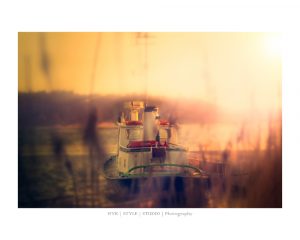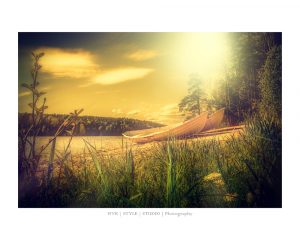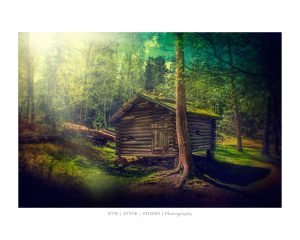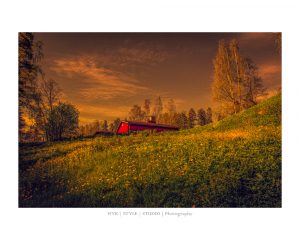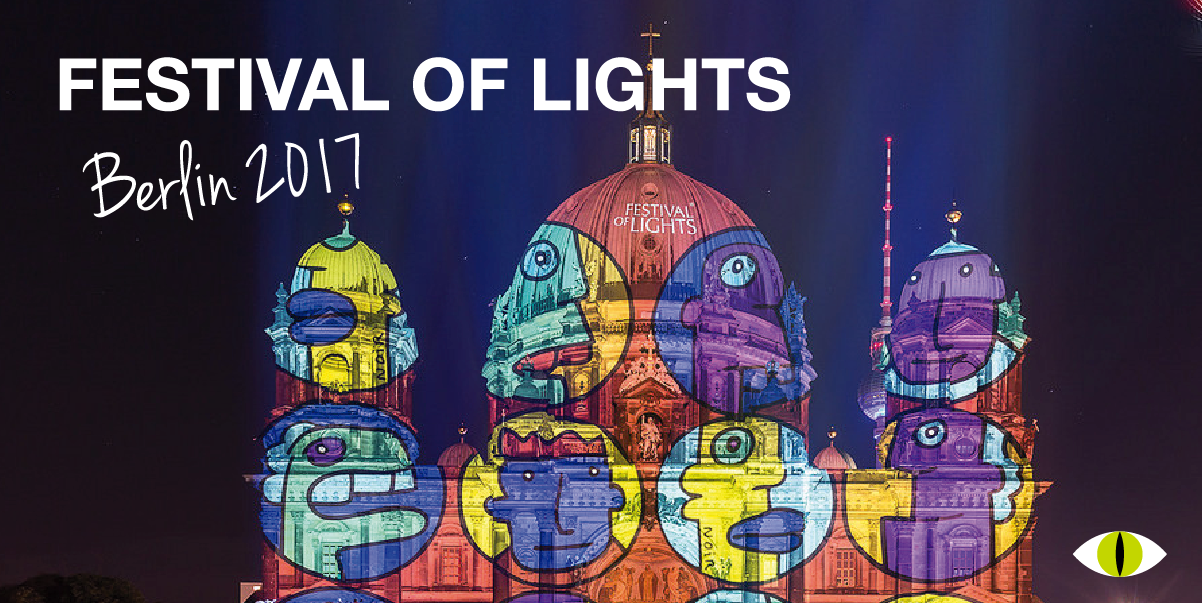Photo: https://www.bauhaus100.de/en/bauhaus100/contributors/members/Bauhaus_Archiv_Berlin.html
For a long time, Berlin has been known as one of the world’s leading hubs for culture, fashion, technology and architecture. Thanks to several world-renowned architectural schools, including the Bauhaus, the city itself has become an architectural laboratory and a magnet that attracts lovers of contemporary urban architecture from all over the world. Today, the eclectic cityscape reflects the creative experimentation that is part of Berlin’s history and new generations of artists from diverse fields are still constantly reinventing it.
To get a better understanding of this unique cultural, artistic and social phenomenon, check out these 5 architectural sites in Berlin that have inspired the work of artists for decades.
Bauhaus-Archiv
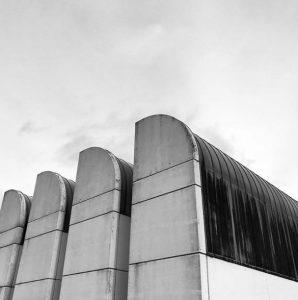
Architect Walter Gropius was the founder of the Bauhaus School of Design, which became the most renowned college of design, architecture and art in the 20th century, and also designed this building which was inaugurated in 1979. Today, the Bauhaus Archive is a world-famous institution dedicated to celebrating the history and influence of the original architectural school and researching and collecting materials related to it. The archive here is the most varied in the world, and includes a unique collection of furniture, ceramics, architecture, metal, photographs and theatre sets, in addition to works by illustrious teachers at the school such as Johannes Itten, Ludwig Mies van der Rohe or Walter Gropius himself.
+ info: https://www.bauhaus.de/en/
Photo: @schoensric
Jüdisches Museum
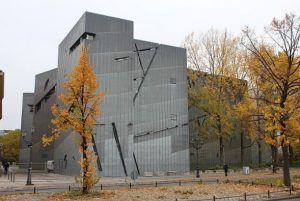
The architectural shapes and styles of the Jewish Museum buildings are the reflection of complex numbers, codes and philosophical concepts taken from Judaism. The main building, which was designed by American architect Daniel Libeskind, has a zigzag shape that some say brings to mind a broken Star of David, while others say it is more like a bolt of lightning. Inside, visitors can access the oppressive Holocaust Tower through an underground tunnel, while outside is the Garden of Exile, which represents the isolation and disorientation felt by those forced to flee the country. The Museum’s permanent exhibition recounts the history of Jewish life in Germany both before and after the Holocaust.
+ info: https://www.museumsportal-berlin.de/en/
Photo: @kennedy__page2
Kino International
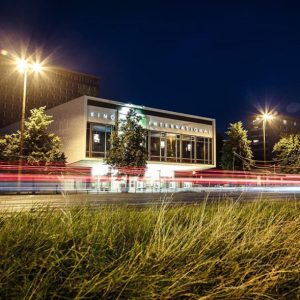
No self-respecting visitor should take a tour around Berlin’s architectural sights without visiting Kino International. Designed by Josef Kaiser and Heinz Aust, this beautiful three-storey film theatre that stands out thanks to its Soviet-era lines was inaugurated in 1963. It quickly became an iconic part of the city’s cultural landscape. In its heyday, Kino International represented the vanguard in cinemas, with sloping ceilings and seats and walls covered with acoustic panels. Today, it is used to show select productions from all over the world and host renowned cultural events such as the Berlinale Film Festival. It was declared a UNESCO World Heritage site in 1995.
+ info: http://www.kino-international.com/
Photo: @vermilt
Haus der Kulturen der Welt
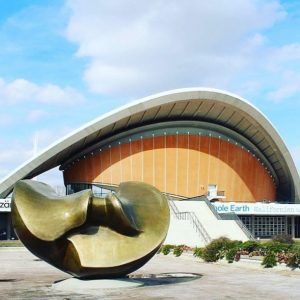
Did you know that it was here at the House of the Cultures of the World that John F. Kennedy delivered the speech that included his historic faux pas “Ich bin ein Berliner”? Also known as the Pregnant Oyster for its round, gently curving roof, it is Germany’s national centre for the presentation, diffusion and discussion of contemporary art, with a special focus on non-European cultures and societies. Located in the Tiergarten park, it was opened in 1957 and has since become an international platform for theatre, dance, cinema and literature, as well as a popular venue for congresses and exhibitions.
+ info: https://www.hkw.de/en/
Photo: @saraescuderogar
Corbusierhaus
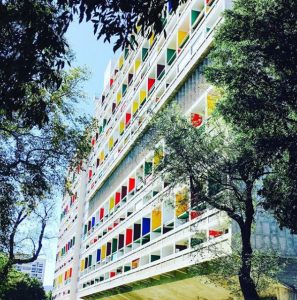
The Corbusierhaus is not just any old apartment block. Designed for the International Building Exhibition in 1957 by Swiss architect Le Corbusier, the building follows the Unité d’Habitation principle of the housing blocks he built in France in the early 1950s. The complex houses 530 apartments, which are still in use today. Since 2004, Förderverein Corbusierhaus Berlin e. V. (the Corbusierhaus Residents’ Association) is responsible for the upkeep of the communal areas and organises cultural and scientific events in the building.
+ info: http://www.corbusierhaus-berlin.de/
Photo: @daanvandenbroeck
